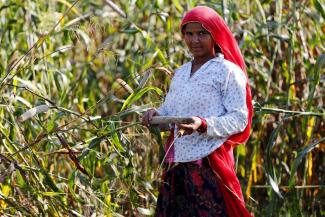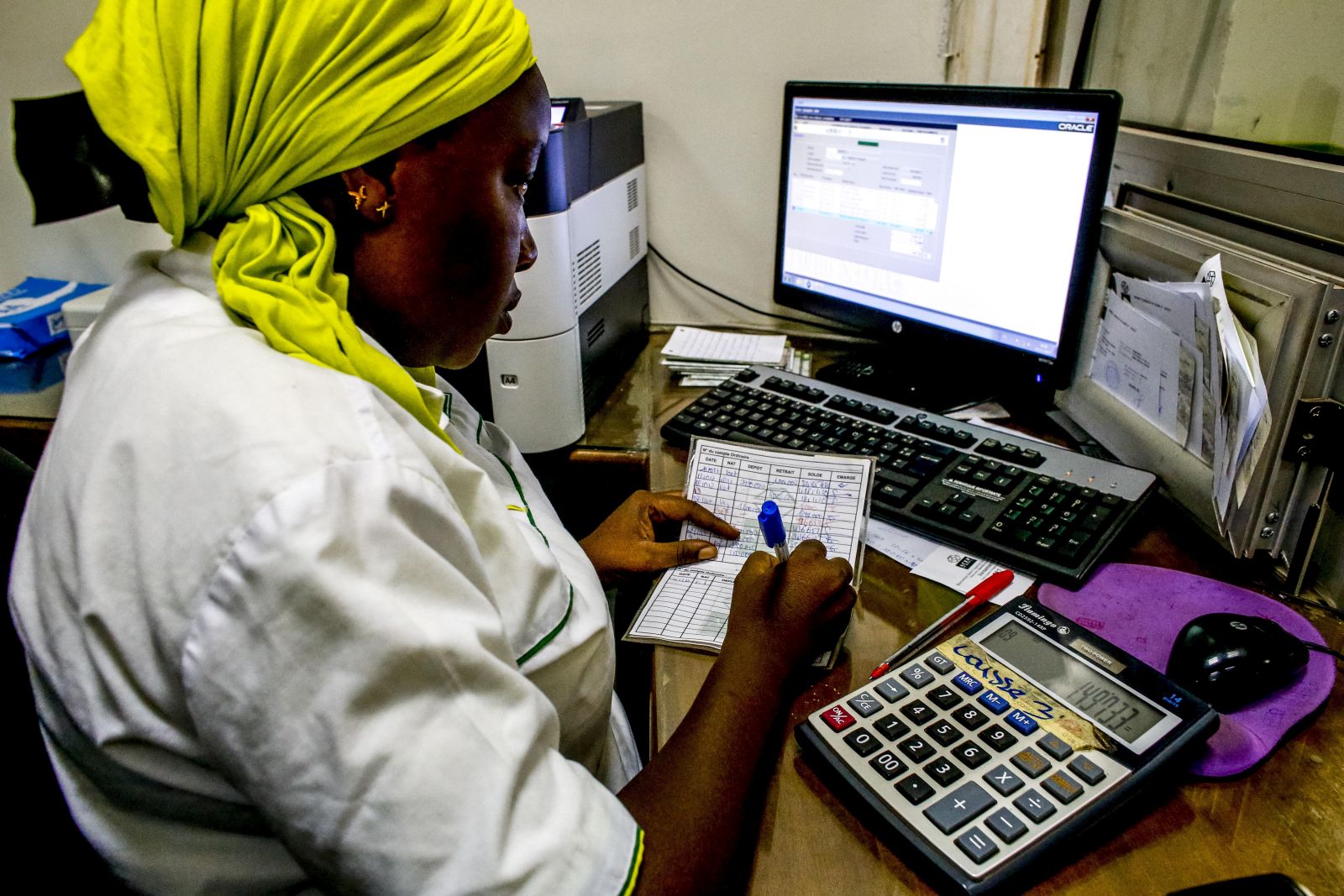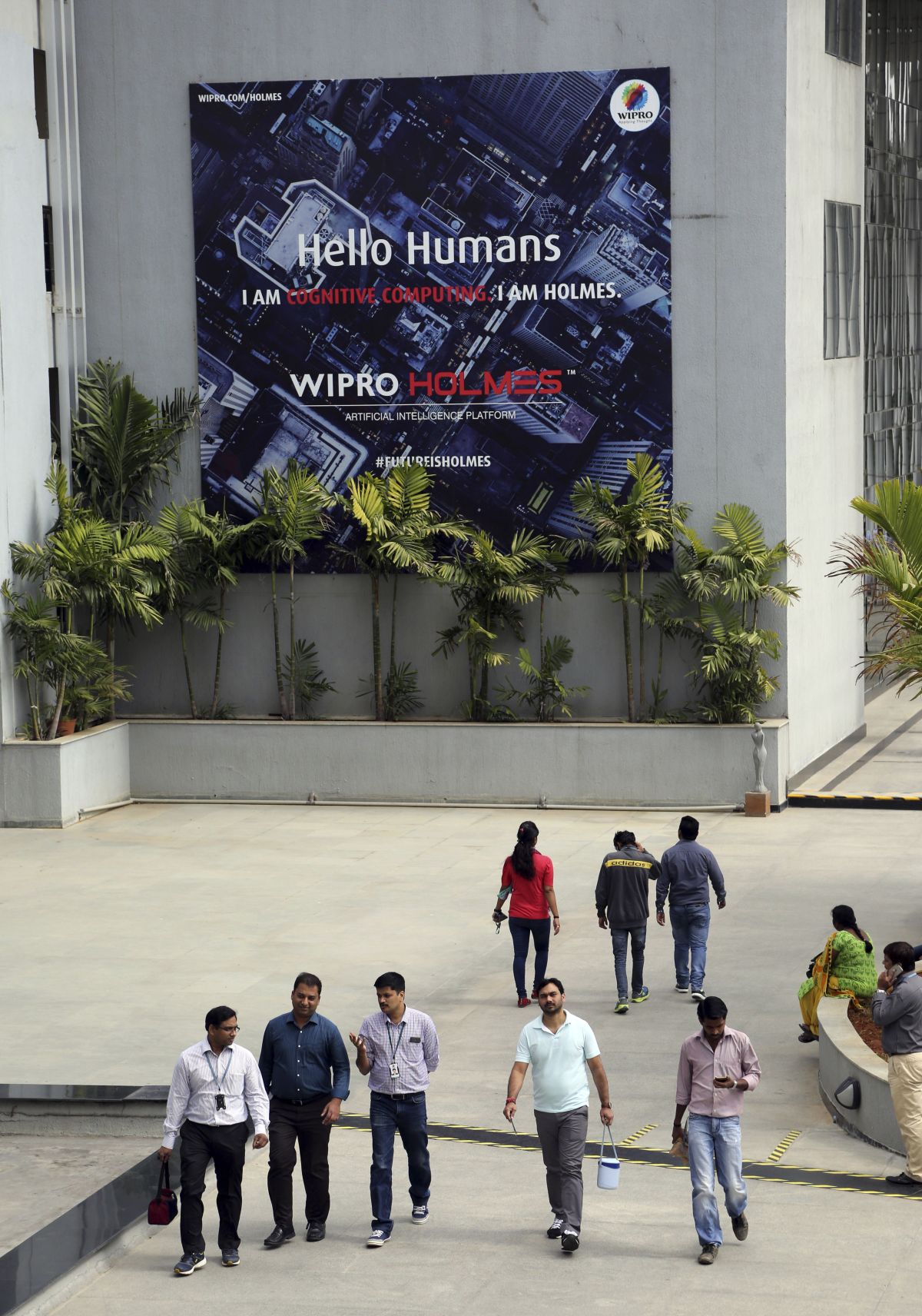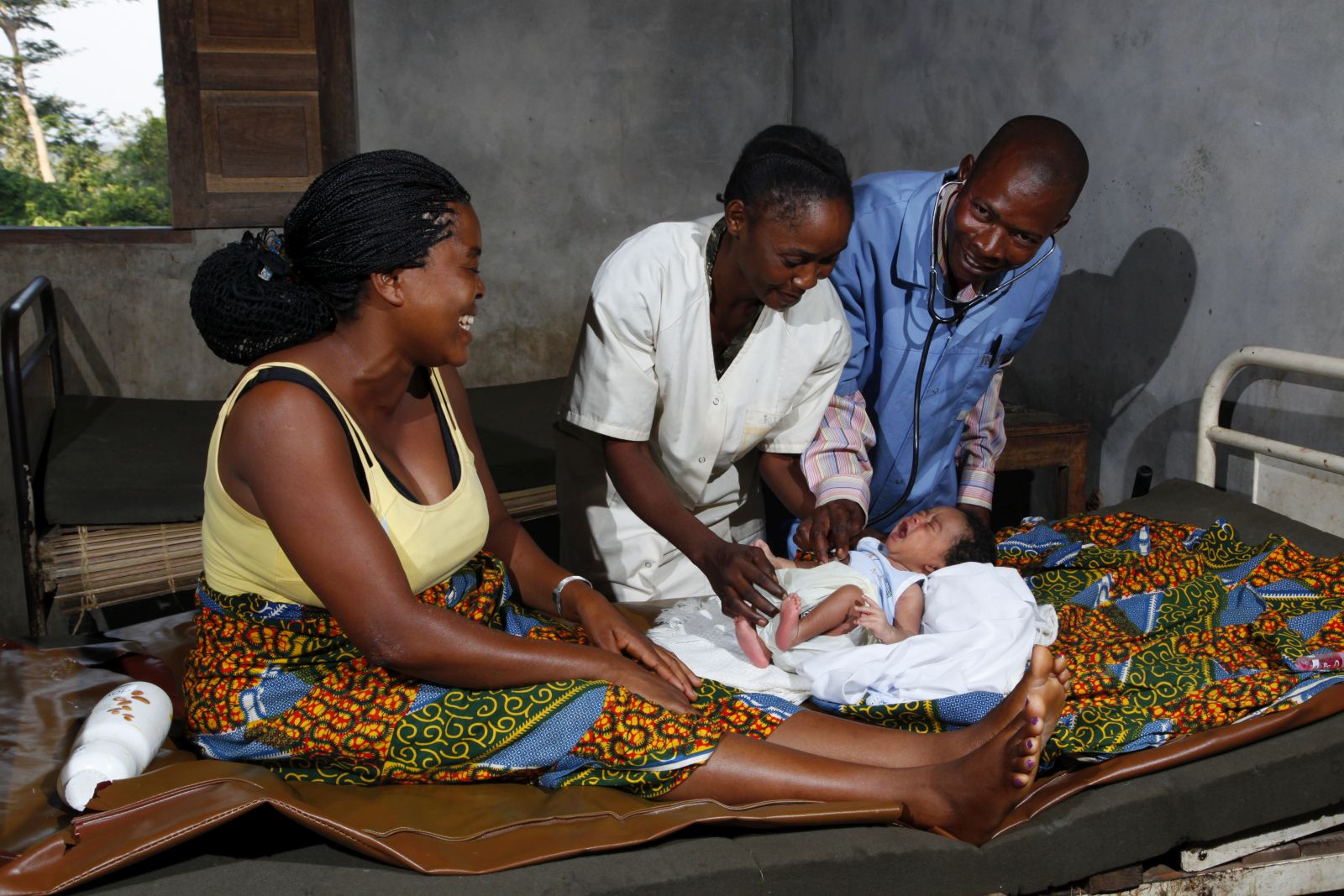Farming
Indians are beginning to pay more attention to healthy diets

India is self-sufficient in cereals production. This huge country also accounts for 21 % of the world’s milk, ranks second in fish production and third in egg production. However, 224 million people are undernourished, and they make up almost one quarter of undernourished people around the world. These data are from the UN report ”The State of Food Security and Nutrition in the World 2022”.
Malnutrition has serious impacts. Official Indian statistics for the years 2019 to 2021 show that more than 35 % of children under the age of five were stunted, which means that inadequate diets hampered their physical and mental development. The share was 30.1 % in urban areas and 37.3 % in rural areas. Some 187 million women suffer anaemia moreover.
After long decades of progress, food security has actually been deteriorating again in recent years. In 2021, a survey of 6700 households in 14 Indian states showed that 79 % of households suffered some kind of food insecurity. One quarter of the respondents reported severe food insecurity. Several independent organisations, including the Right to Food Campaign and the Centre for Equity Studies, ran the survey and published it under the title “Hunger Watch”.
Other sources confirm the downward trend. One example is the Global Hunger Index, which the two international non-governmental organisations Concern Worldwide (based in Ireland) and Welthungerhilfe (Germany) compile every year (see interview with Mathias Mogge on www.dandc.eu). The 2021 issue showed India having dropped to the 101st rank among 116 nations from the 94th one year earlier. India had fallen behind its neighbours Pakistan, Bangladesh and Nepal. The reasons were the impacts of Covid-19 and several harvests lost to drought.
Governmental support
In response to the pandemic-induced hunger crisis, India’s central government launched aid programmes such as the Pradhan Mantri Garib Kalyan Anna Yojana, delivering free rice and wheat to population groups in needs. Existing schemes continued to provide subsidised staple foods to poor people who have ration cards. About 60 % of India’s people currently depend on subsidised governmental cereal provisions, mostly rice and wheat.
Experts bemoan that this approach only ensures a sufficient calorie intake, but not healthy diets with adequate nutrients, including vitamins and proteins (see Simone Welte on www.dandc.eu). Part of the malnutrition challenge, moreover, is that processed food with high contents of fat, sugar or salt is often cheaper than healthy goods like fruits and vegetables. Processed food also provides more calories. Summers of drought and the war in Ukraine, moreover, have accelerated food-price inflation.
Millets as a future staple food
Nutrition experts recommend revitalising the production of millets and other traditional cereals in order to ensure more people enjoy more balanced diets (see Silke Stöber on www.dandc.eu). Millets are nutrient rich, as they contain fibres, iron and some vitamins. They are the staple food of about 90 million people in Africa and Asia, though they are often disparaged as a poor person’s food.
In the past, millets were a staple food in India too. When the nation became independent in 1947, this crop accounted for 40 % of India’s cereal harvest. Things changed in the course of the green revolution. The government wanted to achieve national self-sufficiency and promoted rice and wheat cultivation. Commercial farming began to rely on high-yielding varieties of these two species along with the use of machinery, fertilisers and pesticides.
Intensive agriculture is not sustainable however. It is resource intensive and still focuses on rice and wheat. The heavy use of agrochemicals degrades soils. Moreover, intensive farming is limited to certain regions.
After markets were liberalised in the 1990s, urban demand for processed foods became more prominent. The content of fat, sugar and salt tends to be high. Among Indian consumers, awareness of healthy diets is only growing slowly.
Rediscovered and improved millets
The qualities of millets, however, are being appreciated again. This kind of cereals contains valuable nutrients. The plants grow fast and can be cultivated in almost every tropical climate. Production, moreover, only causes minor carbon emissions. According to the central government, millets production increased from 14.5 million tonnes in the fiscal year 2015/16 to 18 million tonnes in 2020/21. Indeed, India celebrated 2018 as the “year of millets”.
Many Indian states have since launched programmes to promote cultivation. India was instrumental in the UN announcement to declare 2023 the “international year of millets”. In this context, Indian government agencies keep promoting millets. Nirmala Sitharaman, the finance minister, recently announced a start-up competition to stimulate innovations along the entire millets supply chain.
Biofortification as a chance
Mahalingam Govindaraj, an Indian agri-scientist, recently won a prestigious international prize, the Norman Borlaug Award. He used to work for ICRISAT, the Hyderabad-based International Crops Research Insitute for the Semi-Arid Tropics, where he directed the development and dissemination of high-yielding, high-iron and high-zinc pearl millet varieties.
His success has stimulated further biofortification efforts in India. Biofortification means that plants are bred with an eye to increasing their nutrient content. The approach can help to reduce the micronutrient-deficiencies many people suffer.
According to estimates, more than 9 million Indians will be eating biofortified millets by 2024. Farmers report increasing demand, including in urban areas. Market access remains a challenge, however, so farm families only get a rather small share of the price that the end consumers pay. It also matters that it is impossible to achieve yields as high as are achieved with rice or wheat. Moreover, village infrastructure must improve, including for the processing of produce.
Millets are certainly not some kind of silver bullet for solving all food-related problems in India, but they definitely can play an important part in improving food security.
Roli Mahajan is a freelance journalist who lives in the northern Indian state of Uttar Pradesh.
roli.mahajan@gmail.com













